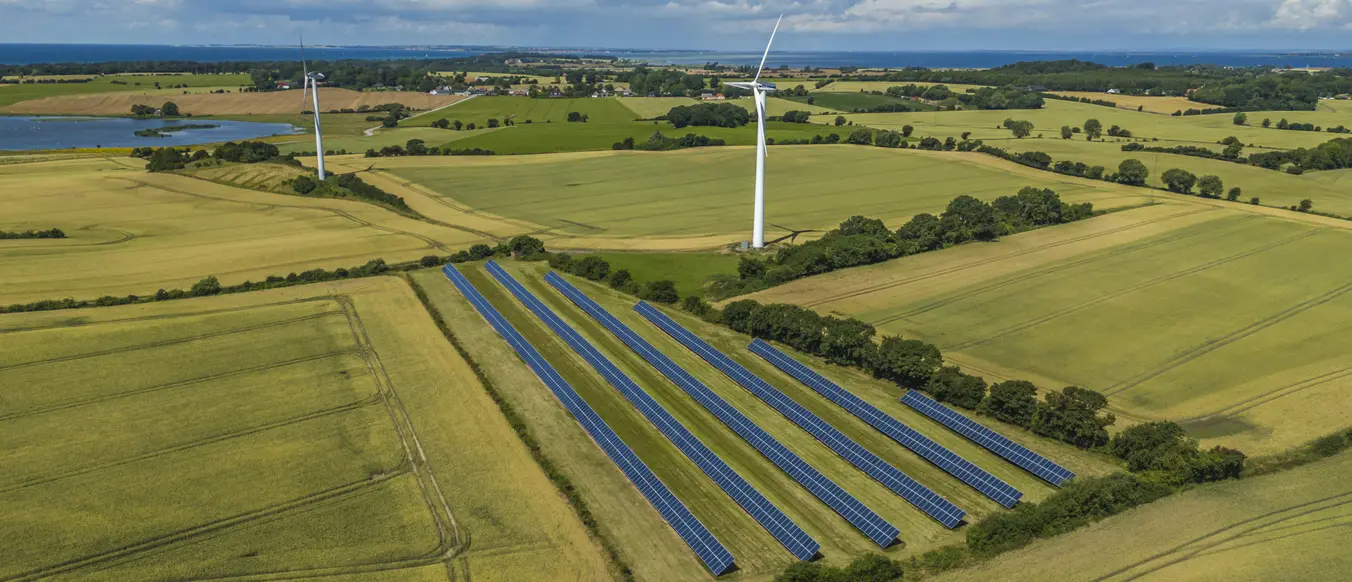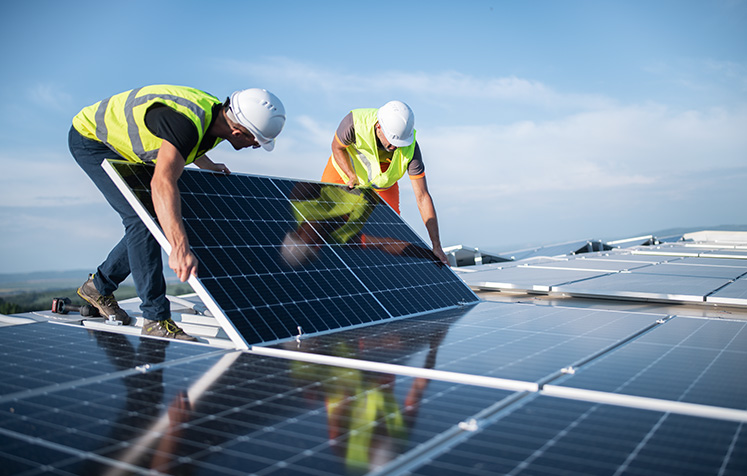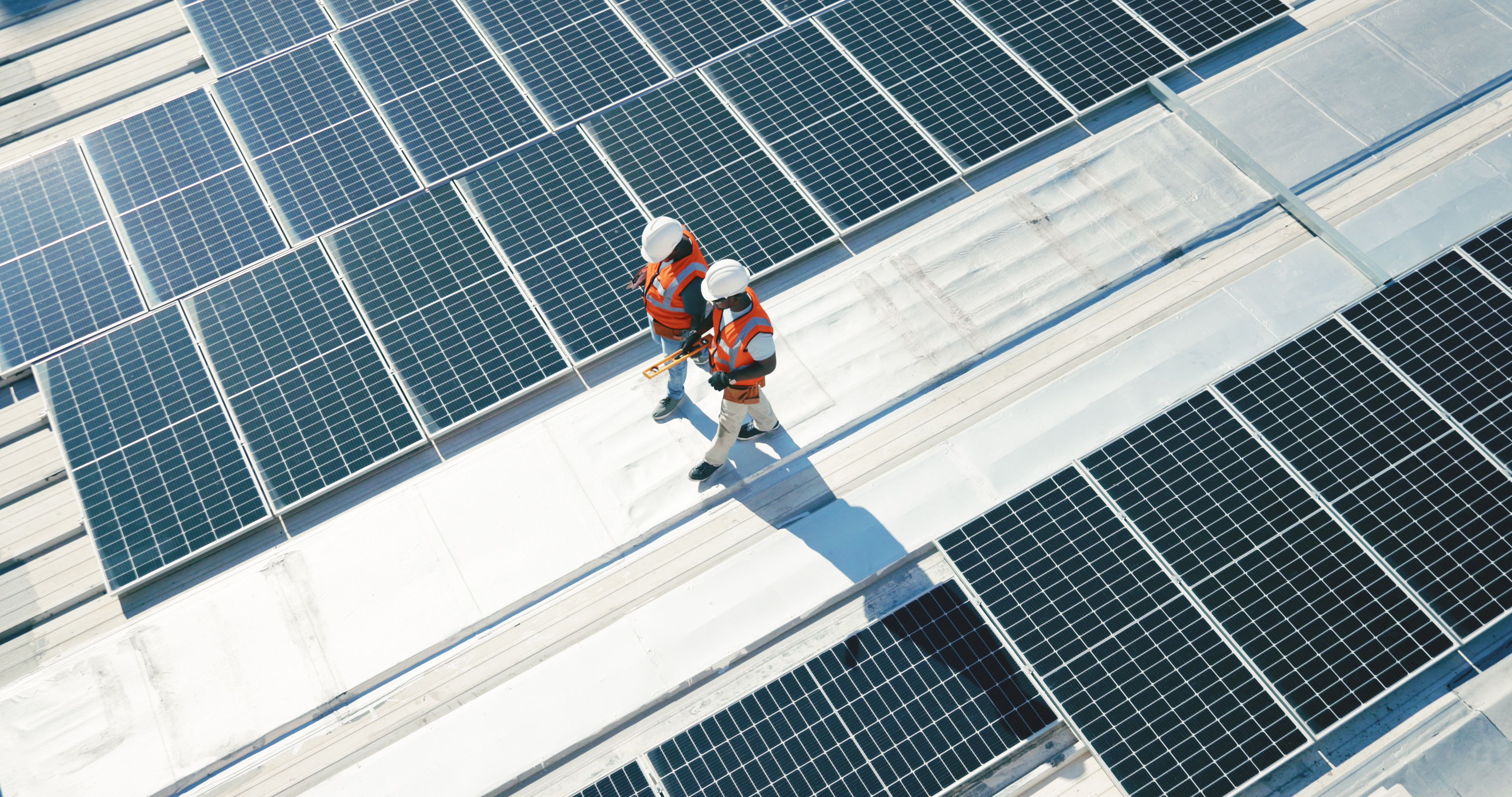Scope 2 reporting is under review - here’s what it could mean for Power Purchase Agreements (PPAs)

The Greenhouse Gas Protocol (GHGP) is undergoing a significant review of its Scope 2 Guidance, and while the changes are still in development, the direction is clear: the way companies account for emissions from purchased electricity is expected to evolve. For businesses committed to sustainability and emissions reduction, this presents both a challenge and a unique opportunity.
What’s changing in Scope 2 reporting?
The GHGP’s Scope 2 Guidance, originally published in 2015, enables companies to claim zero-emissions electricity use through market-based instruments like Energy Attribute Certificates (EACs), even when the renewable generation isn’t temporally or geographically aligned with their actual electricity consumption. This flexibility has helped scale clean energy procurement and has supported early climate leadership.
However, the Scope 2 Technical Working Group has proposed amendments to this approach. The current guidance allows companies to report 100% renewable energy use even when the electricity purchased is generated in a different region or at a different time than when it’s consumed. This disconnect has raised concerns about the credibility and comparability of reported emissions data.
Why these Scope 2 reporting changes matter for PPAs
Power Purchase Agreements (PPAs) have been a cornerstone of corporate clean energy strategies. They offer long-term price certainty, support new renewable projects, and—under current GHGP guidelines—enable companies to claim Scope 2 emissions reductions.
But if the proposed changes are adopted, PPAs that don’t meet the new matching criteria may no longer qualify for Scope 2 reductions or support the same strength of claims, due to a revised emissions factor hierarchy prioritising more precise accounting.
However, the proposed changes could include key exceptions—such as PPAs in markets where sub-hourly activity data isn’t freely and publicly available—making it impractical to meet the temporal granularity currently recommended by the Scope 2 Technical Working Group, as well as omitting smaller organizations from meeting what would be more rigorous criteria.
A potential grandfathering advantage
Here’s where the opportunity lies: PPAs signed before the GHGP update is finalized may be grandfathered in, meaning they could continue to qualify for Scope 2 reductions under the current guidelines. While the GHGP has not confirmed this policy yet, grandfathering is a common practice in regulatory transitions to protect existing investments and provide market stability.
This means that companies that act now before the changes are locked in could secure long-term emissions reduction benefits that may not be available to new PPAs signed after the expected update.
Why timing matters for securing your PPA
The Greenhouse Gas Protocol’s Scope 2 update is progressing steadily, with proposals already taking shape. Although finalization isn’t expected before 2027, the review process is active and advancing.
Waiting until the update is finalized could mean missing the window to sign a PPA under the current framework. By acting now, companies can:
- Lock in Scope 2 emissions reductions under existing rules
- Demonstrate climate leadership with credible, reportable impact
- Support additional renewable capacity while benefiting from long-term price certainty
- Avoid future reporting challenges associated with evolving disclosure frameworks
How companies can prepare for Scope 2 changes
If your organization is considering a PPA, or has one in negotiation, now could be the time to accelerate. Here are three steps to take:
- Review your clean energy strategy: Assess how your current and planned PPAs align with the proposed Scope 2 changes.
- Engage with suppliers and legal teams: Ensure contracts are structured to maximize eligibility under current rules and expected amendments to guidelines.
- Communicate the urgency internally: Sustainability, finance, and executive teams should understand the strategic importance of timing.
Turning Scope 2 reform into a strategic opportunity
While the GHGP changes are still in discussion, the implications would be significant. Companies that move quickly can secure a competitive edge, maintain credibility in their emissions reporting, and continue to demonstrate meaningful climate action.
This is more than a reporting issue; it’s a strategic opportunity to lead in a rapidly evolving energy landscape.
Need support navigating Scope 2 reporting changes or securing a PPA?
World Kinect has expert global teams ready to help. Whether you're exploring your first power purchase agreement or refining your clean energy strategy, our advisors can guide you through the complexities and help you act with confidence.
Reach out today to start a conversation about your energy goals and how to future-proof your Scope 2 reporting.



